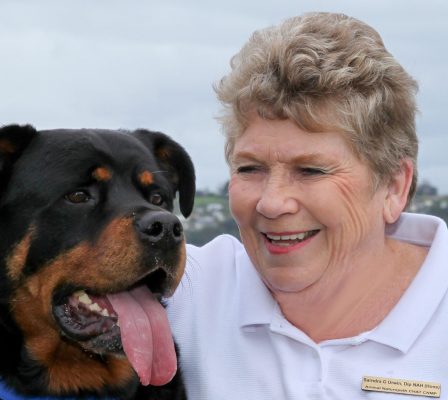An upsurge in immune-compromised conditions has everyone scrambling for the prednisone and antibiotics, but our eastern herbs have much more to offer for these often difficult challenges.
The liver is one of the first organs to suffer and the Chinese herb Chai Hu or Hare’s Ear Root is the major herb for the liver. Known to the herbalists as Bupleurum falcatum, this bitter and cool herb regulates gastro-intestinal function and restores liver function especially following chemical liver damage. It is one of the herbs in a combination known as Sho-Saiko-To that can inhibit HIV in viruspositive subjects. Other herbs noted for their effect in immune conditions are Hemidesmus (Indian Sarsparilla) useful in skin conditions and sometimes combined with Picrorhiza. This latter herb is extremely bitter but well worth perservering with.
Astragalus (Milk-vetch root or Huang Qi) has slightly warm, sweet properties. Its traditional use in organ prolapse is reflected in its effect on the small intestine of dogs to strengthen the movement and muscle tone. Useful in chronic bacterial or viral infections with debility, Astragalus can also be combined with Angelica sinensis (Dong Quai) for haematological immune problems.
White blood cell counts are often maintained during chemotherapy when used with Panax Ginseng, useful in the treatment of AIDS and chronic and autoimmune diseases such as nephritis. Skin problems often reflect immune problems and the herbs Paeonia lactiflora (Paeony, Bai Shao) and the Ayurvedic herb Albizzia lebbeck can prove most useful in these recalcitrant conditions. Albizzia also has anti-fungal and anti-bacterial activity and interestingly has a marked protective effect against anaphylactic shock in Guinea Pigs! Applying it topically has proved effective for weeping eczema and its anti- allergic action is of value in atopic allergies of allergic rhinitis and asthma. Albizzia is a herb well worth considering in the treatment of mast cell cancer in the Golden Retriever.
Another Ayurvedic herb in this respect is Coleus which also has clinical value in the treatment of glaucoma. If pet is overweight and arthritic, Guggul (Commiphora mukul) is a well known Ayurvedic herb for arthritis and the treatment of high blood cholesterol.
There are very few herbs that can equal Crataeva nurvala (the three-leaved caper) when treating that extremely tedious urinary incontinence following spaying or in the aged animal. It increases bladder tone, is useful in chronic urinary tract infections and bladder stones – the foremost Ayurvedic herb for the urinary tract.
Two of the indispensable herbs in cancer therapy are Withania and Rheum palmatum (Rhubarb). Withania (Ashwaghanda) is extremely effective for the animal that has been suffering for some time with a debilitating disease (lung cancer) or has become emaciated from neglect. Often combined with Panax Ginseng (Panax by itself tends to be a little ‘whizzy’ for some animals). Rheum is one of the ingredients in the very effective Essiac mixture. It is useful in acute hepatitis and pancreatitis; the early stages of chronic renal failure and some cancers (with other herbs).
When treating some of these often distressing conditions, pain relief is of major concern and here the Chinese herb Corydalis ambigua (Yan Hu Suo) comes into its own. Although used mainly for organ pain I have found it to be 100% effective in the treatment of that very painful condition, bone cancer.
There are many other eastern herbs that can prove invaluable in treating our western-lifestyle maladies (for example, Gymnema for diabetes). They have been used for centuries and are all deserving of more study.

